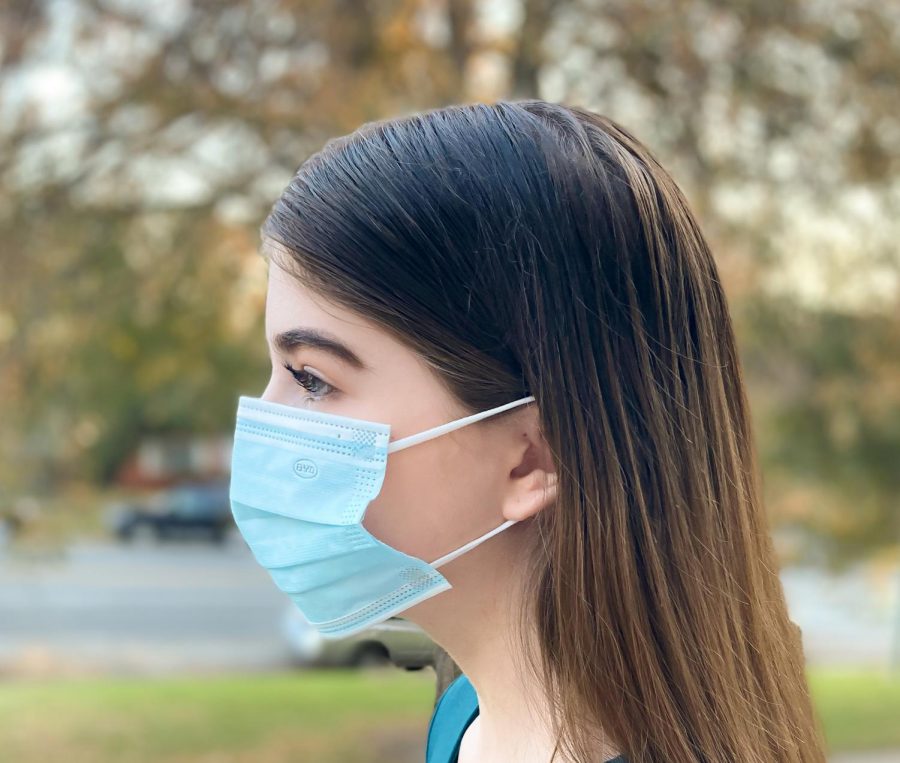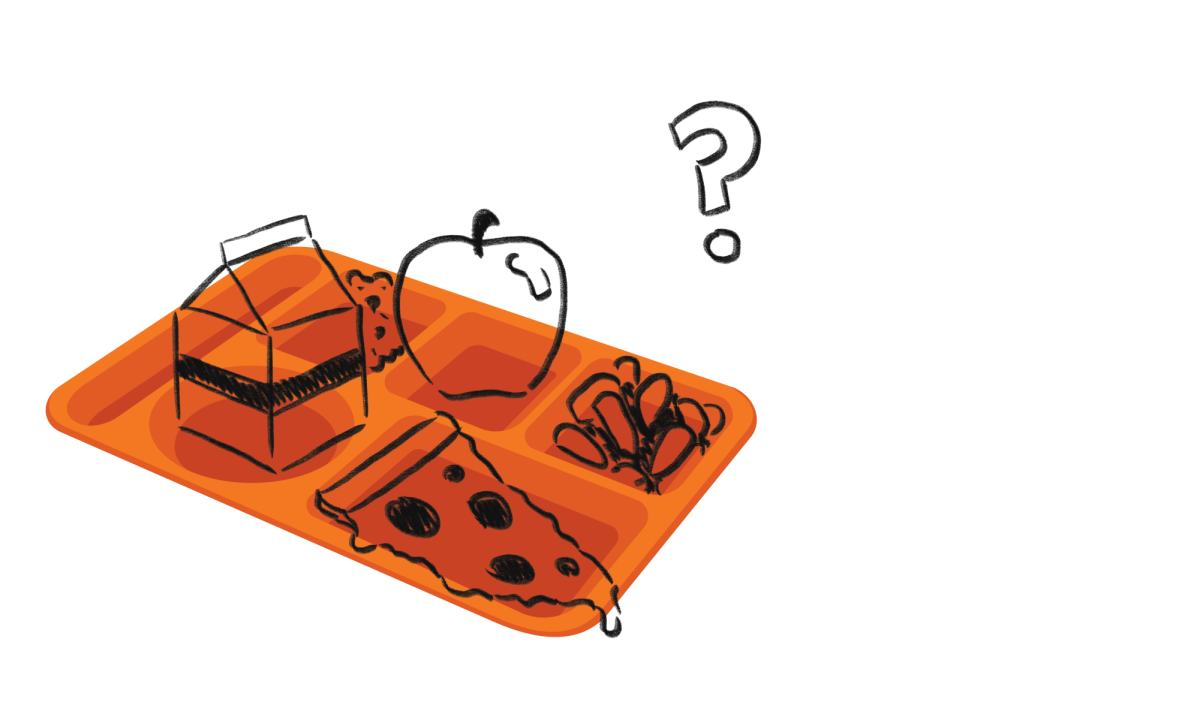The New Normal: Masks and the COVID-19 Pandemic
U student Kristin Thompson poses for photograph. (Photo by Hailey Danielson | Daily Utah Chronicle)
November 23, 2020
For Dr. Carlos Alberto Spironelli Ramos, face masks are not new.
With over 30 years of dentistry experience and a Ph.D. in Endodontics, Ramos has been the director of clinical affairs for Medidenta for a year, and since the virus has had to focus his attention to PPE. Masks are mandatory for a dentist’s daily practice, but as the director during a pandemic, masks play an even larger role — clinical affairs teams are charged with analyzing the design of a medical device, ensuring safety and efficacy and that includes face masks.
“There is no ‘magic bullet’ for COVID-19 protection, but wearing masks is one of the most important protective ways we have before the vaccine is available,” Ramos said in an email interview.
There are three levels of masks that differ in the amount of filtration. These are organized by a standard test from the American Society for Testing and Materials International. Filtration is not only affected by the material the mask is made from, but also by the design and usability.
Ramos said he would recommend wearing a single-use disposable mask because filtration capability is compromised when a reusable mask is damaged or dirty. Disposable masks should also have the performance level provided.
“People should use face masks level one, two or three depending on the environment or simple cloth face coverings when in public. Just remember that not all face masks are regulated as surgical masks,” Ramos said.
Surgical masks are used by medical professionals, are sterile and disposable; they are not the same as a non-medical disposable mask, which encompasses all other types. Surgical masks should be left for healthcare professionals. Because of a tight supply of surgical masks, health providers have shifted to wearing the same mask for as long as possible and for as safe as possible, according to the University of Utah School of Medicine physician Jeremy Biggs.
Biggs said while cloth masks are effective in decreasing the spread of droplets, it won’t be as effective as a level three mask.
“When that is what is available, it’s definitely better than not wearing a mask, and of course the cloth masks are not all created equal,” Biggs said.
Homemade masks, Ramos said, are hard to define because of the variability in design and material.
“Some studies show that depending on the material and design used, this type of mask can offer more risk than benefit in terms of protection,” he said.
According to the Centers for Disease Control and Prevention, COVID-19 now has the potential for airborne transmission through particles and droplets. Particles are smaller than droplets and can remain in the air for minutes to hours, along with traveling on air currents. Ramos said droplets fall out of the air within seconds to minutes and remain close to the source, but have a larger load of the virus.
“So, from the environment standpoint, any place where you are going to talk closely with someone will require protection and that is a level three high filtration efficiency face mask,” Ramos said. “Open places that you are previously sure that you will be able to maintain social distancing requires a face mask level two.”
Cloth masks are not officially classified within the three-tier system because they have never been standard in the healthcare system. Homemade and cloth masks have not undergone the same tests that standardized masks have, as a result, these masks are not regulated. Still, there are ways to ensure protection.
“If you cough or sneeze or whatever into that mask and it has a water-resistant layer in it, or it’s water-resistant, you’re going to get less of the droplets that have the virus in it absorbed through the mask right there. They’ll stay on one side or the other and vice versa if somebody sneezes or coughs on you,” Biggs said.
In general, the supply of masks is currently holding, but with current COVID-19 trends the issue is not whether there are enough masks, but if there are enough health care providers.
“We feel very confident we’ve got adequate resources,” said Russell Vinik, the U hospital chief medical operations officer. “But it’s the human resources that are in short supply and you just can’t buy those.”
On Oct. 30 at 2 p.m., an emergency alert went out to Utah citizens notifying them of high transmission rates within the counties.
“Almost every county is a high transmission area. Hospitals are nearly overwhelmed. By public health order, masks are required in high transmission areas. Social gatherings are limited to 10 or fewer,” the alert read.
There’s a difference between not wanting to protect yourself and not doing anything to protect others, Ramos said, especially those with compromised immune systems.
“People need to recall that the best way to live is to treat others as you would like to be treated,” he said. “I know many people who refuse to wear masks, but I don’t know anyone who wants to get sick.”
a.perno@dailyutahchronicle.com













